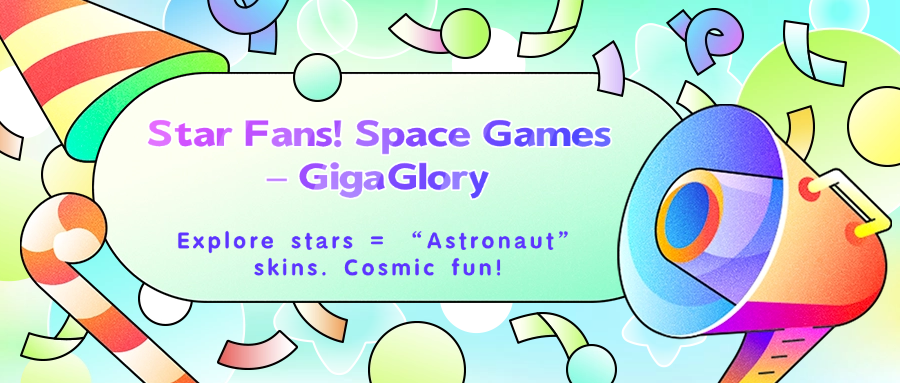Transforming Learning: How Idle Games Can Revolutionize Educational Game Design
Have you ever found yourself lost in the soothing swirl of an idle game? You know, those games where your progress seems to unfold while you're chilling on the couch? What if I told you that this unique gaming genre could be the key to revolutionizing the field of educational games? Look out, traditional methods; idle games are here to shake things up!
What Are Idle Games?
Idle games, often referred to as incremental games, are designed to keep players engaged with minimal interaction. Players typically manage resources, level up items, or expand their empires with just a few clicks. This simplicity makes them accessible to all, but there's a surprising depth lurking beneath the surface that could benefit educational design.
Why Should Education Embrace Idle Games?
Can you visualize a classroom where students are so engaged in their learning that they forget they're actually studying? Here are some compelling reasons why idle games are worth exploring for educational purposes:
- Continuous Engagement: The **loop of progress** keeps players returning for more, mirroring the learning process's incremental nature.
- Patience and Strategy: Idle games reward players for waiting and making strategic decisions—skills crucial for academic success.
- Low Barrier to Entry: They're often simple in design, allowing learners of varying abilities to engage without feeling overwhelmed.
Examples of Successful Educational Idle Games
Thanks to the game design industry, we have seen some fascinating applications of idle mechanics in educational contexts. Here’s a quick look at a few standout examples:
| Game Title | Focus Area | Key Features |
|---|---|---|
| Educational Tycoon | Economics | Resource management, real-world economic principles |
| Idle Physics | Science | Physics concepts simplistically presented through gameplay |
| Math Clicker | Mathematics | Incremental math challenges that grow in complexity |
Designing an Educational Idle Game: Key Considerations
If you’re a game designer or educator looking to dive into this innovative blend of gaming and learning, consider the following aspects:
- Learning Objectives: Clearly define what you want players to learn. Align your game design with these educational outcomes.
- User Interface: An intuitive interface that minimizes cognitive overload is crucial for maximizing engagement.
- Feedback Mechanisms: Provide real-time feedback to reinforce learning. This could be through levels, achievements, or visual rewards.
ASMR Darling and the Game Influence
Now, you might be wondering, "What does ASMR Darling have to do with this?" Well, ASMR gaming videos, like the ones produced by popular creators, emphasize the auditory and visual experiences, melding entertaining content with relaxation. This ASMR element can enhance idle games by providing soothing sounds and visuals, making learning more enjoyable and less stressful—a perfect combination for today's anxiety-prone learners.
Challenges in Implementing Idle Games in Education
As with any venture, there are challenges in integrating idle games into educational frameworks:
- Perception of Value: There’s a common misconception that games are simply distractions, which can hinder their adoption.
- Content Quality: Ensuring that the educational aspects do not take a backseat to entertainment is key.
- Resource Availability: Not all schools have access to the technology needed to support gaming in the curriculum.
Conclusion: The Future of Educational Game Design
In conclusion, idle games have shown the ability to transform learning paradigms—creating a canvas for engaging, accessible, and effective educational experiences. By embracing the inherent strengths of idle gameplay, schools can foster environments where students are not just learners but explorers of knowledge. As we march into a future intertwined with technology, harnessing the magic of idle games might just be the answer we’re looking for!



